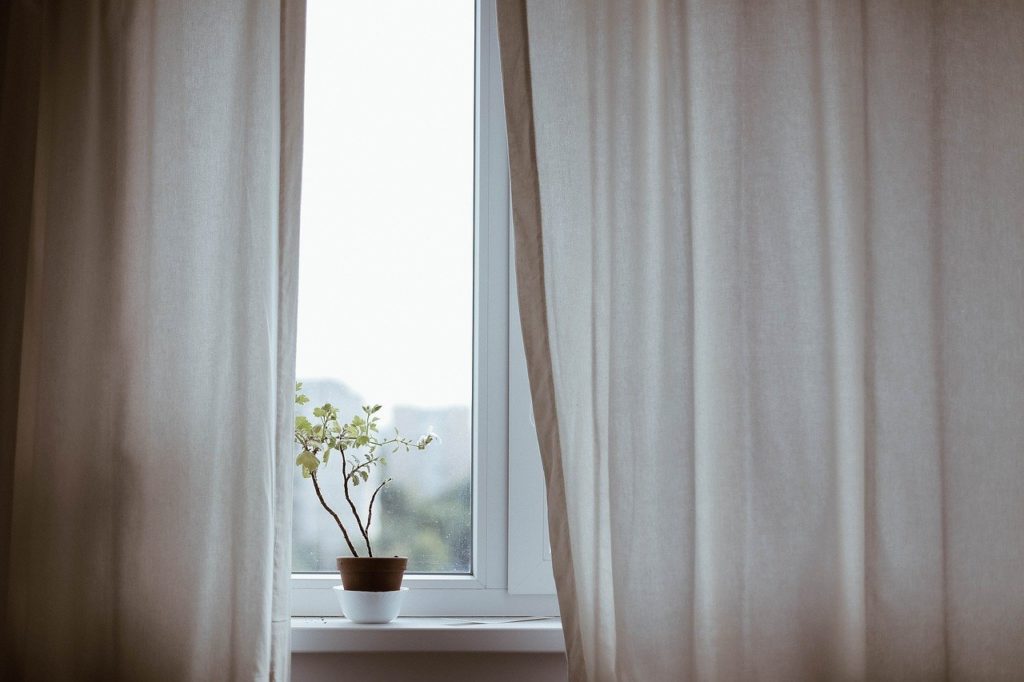Balancing on the edge of rest and stress, both physical and mental, is crucial for optimal health and wellness, which is why tracking sleep and recovery is so useful. That’s where Emfit QS swoops in and steals the show. However, sometimes people feel like reading our data is a bit challenging. While we’re working on an update that uses the user’s personal reference levels to give intuitive insight into data, I thought I’d do a series of blog posts to explain how to read and use all the data Emfit QS offers. We’re going to get this show started with a sleep data episode, followed up by recovery, and finally other Emfit QS data (such as heart & breathing rate and movement) so stay tuned!
Sleep Score
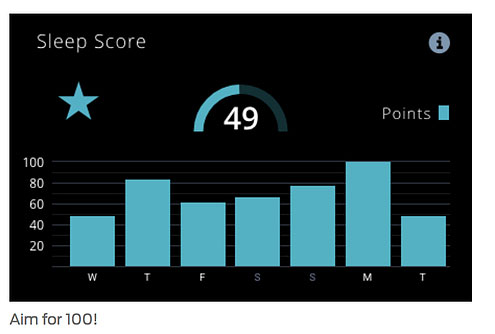
To calculate the sleep score, we use a combination of total hours in sleep, durations of REM and deep cycles, hours awake and awakenings. The more you sleep, the more REM and deep sleep you get and the better your sleep score is. On the flip side, the more awakenings there are and the longer you lie awake in the bed struggling to doze off, the worse the score is. The maximum value is 100, and values above 80 can be regarded as good. Needless to say, opting for a 100 is the goal here! If you continuously get poor scores, you should simply try getting more shuteye and see what that does. If that doesn’t help, continue reading this because there will be tips!
Sleep Time

This graph is pretty straight forward to read. The number on the top is time spent awake in bed (bed exits are excluded), while the bottom number represents time spent in slumberland. You can also check the last week of sack times if you want. 7 to 8 or 9 hours of shuteye is the normal recommended time for adults, but there can be individual differences.
It has been shown that athletes need more sleep than those who do not exercise as much. For example 10 hours might be necessary for someone who trains a lot every day. A sufficient amount of sleep can improve speed, endurance, reaction time, sprint time and accuracy. If you’re not sure how much rest you need, check my previousblog post to find an easy way to calculate your personal need.
Sleep Stages
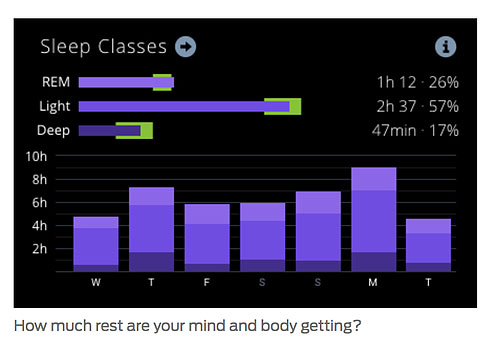
This is maybe one of the most important data features of Emfit QS and a true advantage compared to many other trackers alike, since not a whole lot of trackers divide sleep into three classes just like sleep labs do. It may not look like much, but it tells quite a lot. REM and deep cycles have different functions and effects on your health and wellness, and if you’d like to read more about that, I explained it here.
What you want here in this graph is to aim for the green areas a.k.a. optimal amounts of each cycle, according to sleep studies and literature. If you’ve done some heavy mental work or have been under a lot of mental stress, you may notice that you’ve got more REM sleep. On the contrary, physical training can be seen as increased deep sleep.
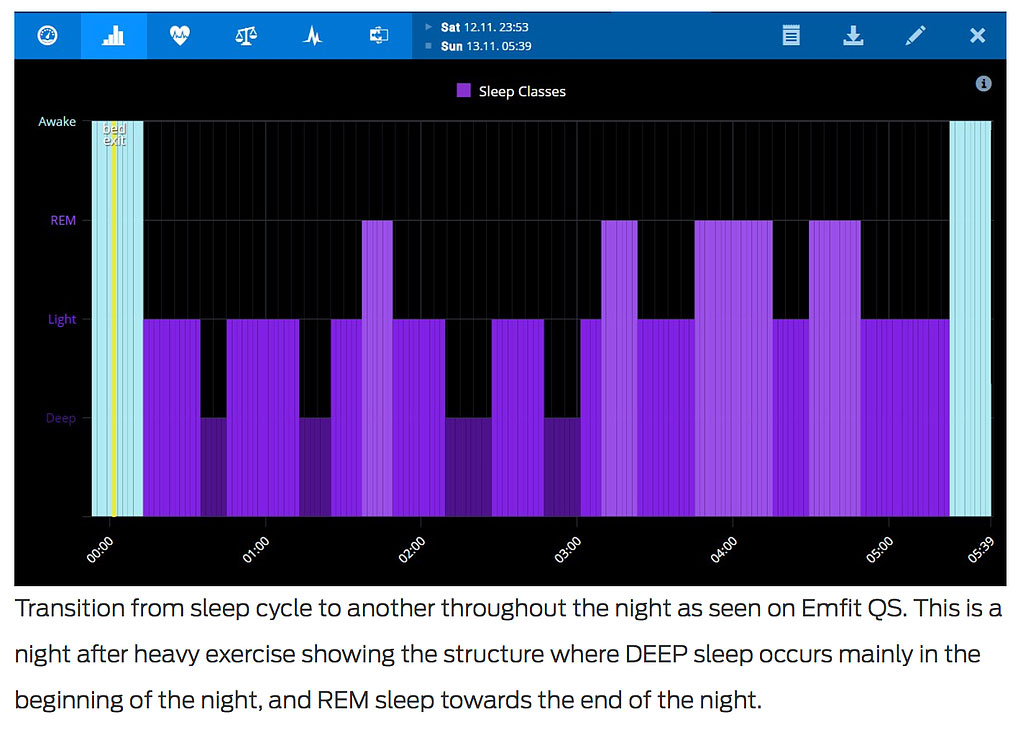
There are numerous factors that can affect the quality of your zzz’s (the proportions of REM and deep sleep), but the first thing to do when you continuously get poor percentages in this graph is to get more hit the sack a little earlier and saw wood a little longer.
If that doesn’t help, you need to start thinking about your lifestyle and habits. Especially your stress levels, eating habits and exercising may be factors to consider when simply sleeping more doesn’t fix the problem of getting good quality sleep.
Secrets to Better Quality Sleep
Like I already mentioned, spending some more time in dreamland could help. Adding an extra hour might just do the trick, because for example REM cycles occur every 60 to 90 minutes. Thus, you could get at least one more REM sleep cycle by sleeping 60 to 90 minutes longer. Another thing to try is to stop habits that harm your zzz’s. Limiting caffeine drinking could help, especially if you normally consume it in the evenings. Try to avoid caffeine at least a couple hours before you hit the hay. Eating heavy foods, like greasy meals, before crashing to bed can energize you and your body will be digesting the food at full gear, thus depriving you from good quality, tranquil sleep.
REM sleep can be negatively affected by a many things, such as taking medications like some diet pills and decongestants. Moreover, many antidepressants and most sleep aids reduce this specific stage of slumber. Among heavy smokers, the early morning nicotine withdrawal can be a premature alarm clock. Therefore, not only is smoking bad for your lungs (among many other things), but it also affects your sleep quality and thus both mental and physical health. Drinking alcohol does not help either. Having a night cap to defeat insomnia may sound like a good idea, but while it may help you fall into a light slumber, it decreases REM sleep.
Another thing to try is making your bedroom a better environment for a restful slumber. Issues to consider are a good quality pillow, a new mattress, a little cooler temperature and getting rid of blue light (phone, laptop, TV). More importantly, keeping your laptop out of the bedroom may be a great idea for your mental health. How so? If you do for example work tasks before dozing off, you’re creating a stressful sleep environment and I’ve got two words for you; Not. Good.
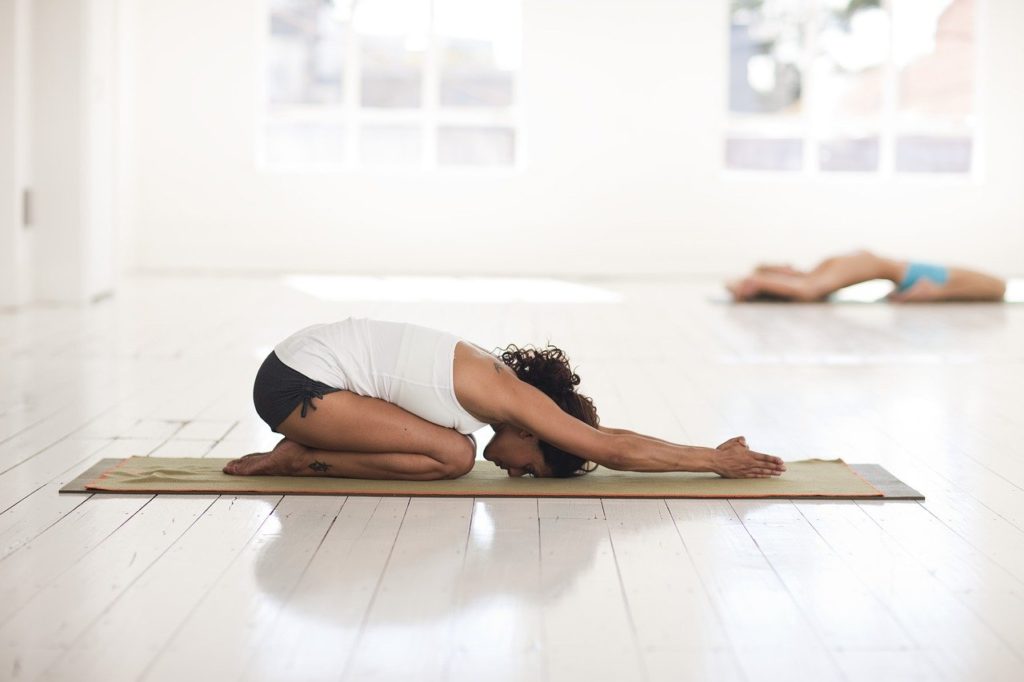
Exercise is also a factor that has an effect on sleep. The amount and time of exercise can play a big role in how peaceful your rest is. Hard workouts in the evening can disturb your shuteye. They tend to keep your body temperature up and can result in restlessness. This is why workouts in the evening should be light, such as walking or yoga. Exercise in the evening also tends to raise night-time resting heart rate. Do you normally workout in the evenings? Try to shift your workouts to a little earlier time and see how that affects your time in slumberland. You may be surprised.
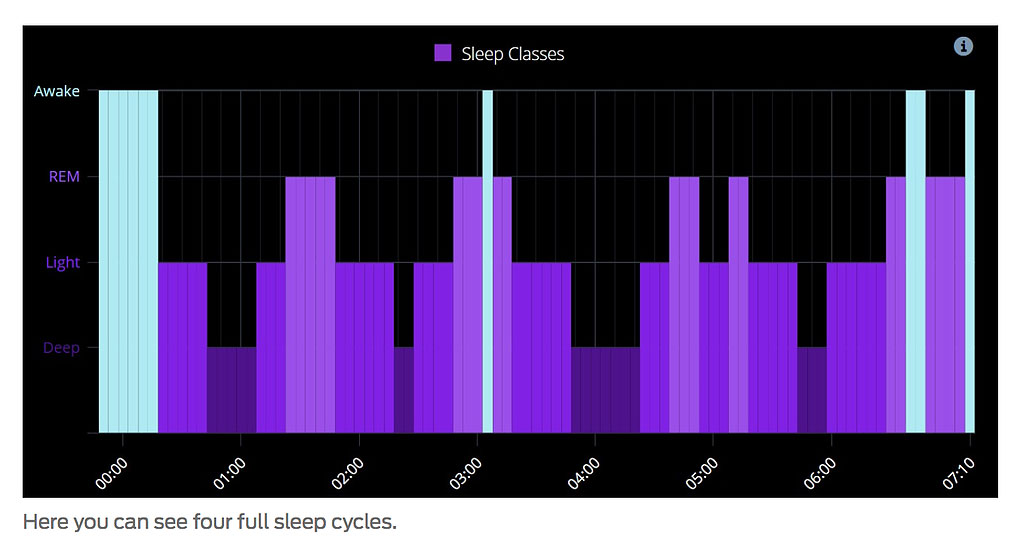
That’s it for this time – I’m hoping you found some useful info and wish to have you back here for my next data episode! Stay healthy and happy!
Cheers,
Peppiina

